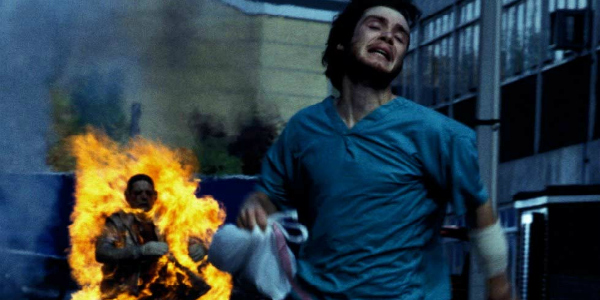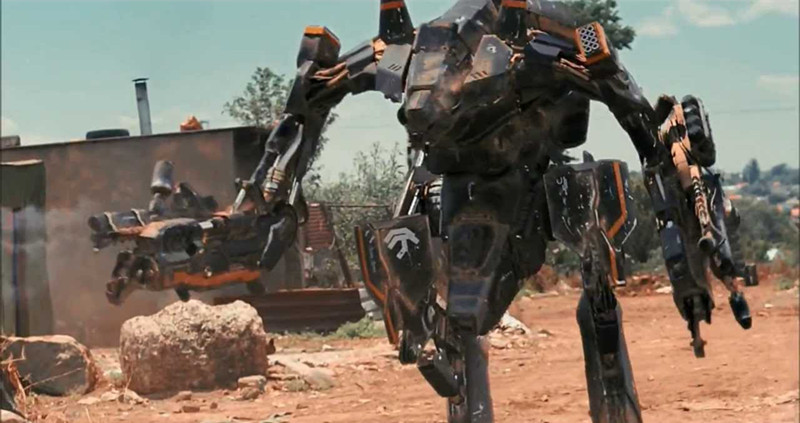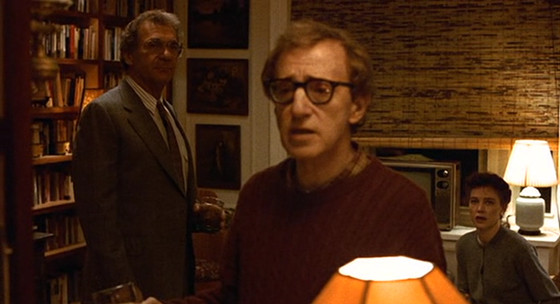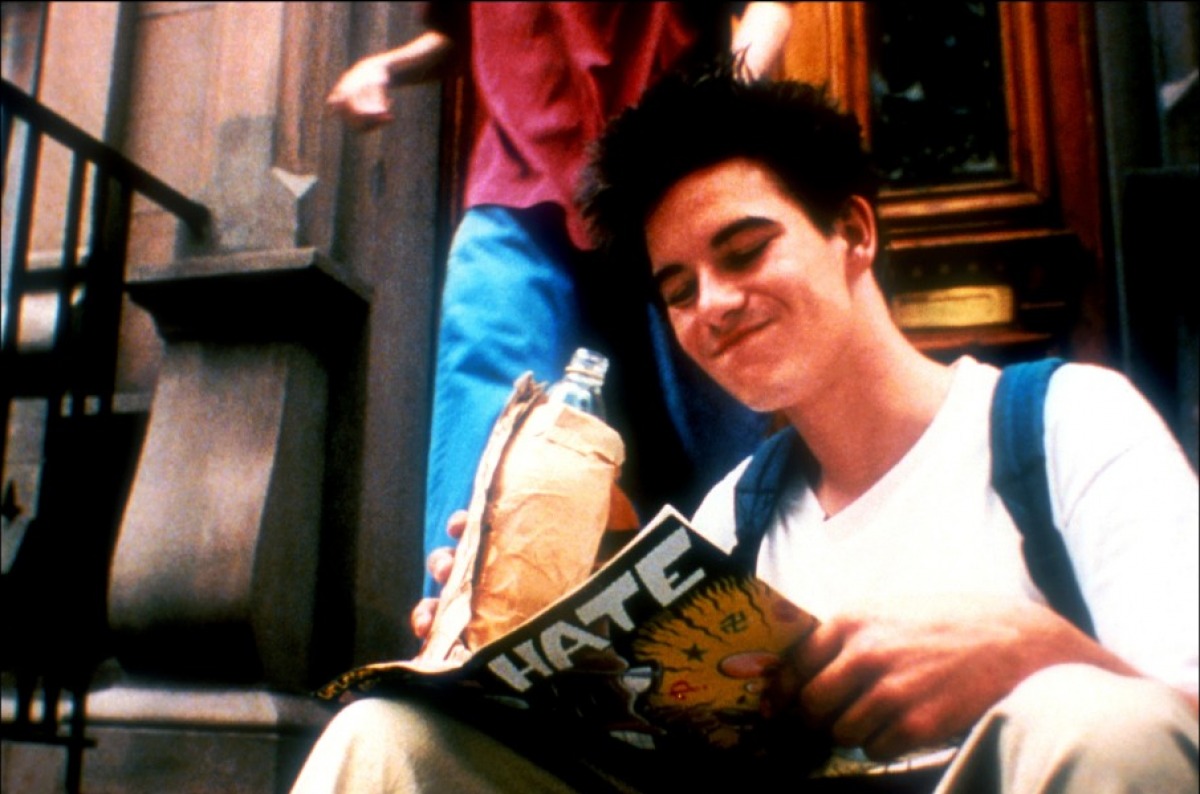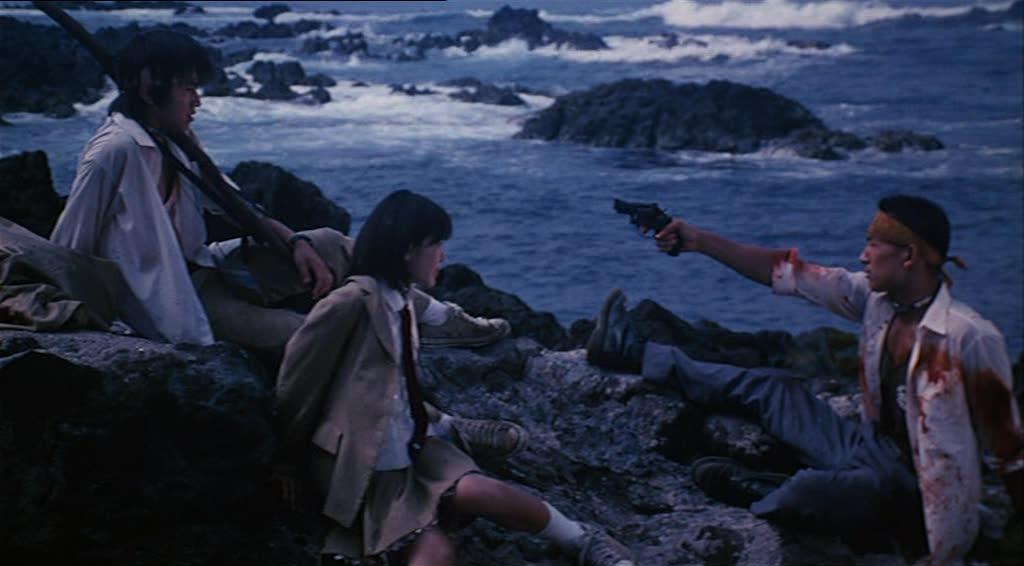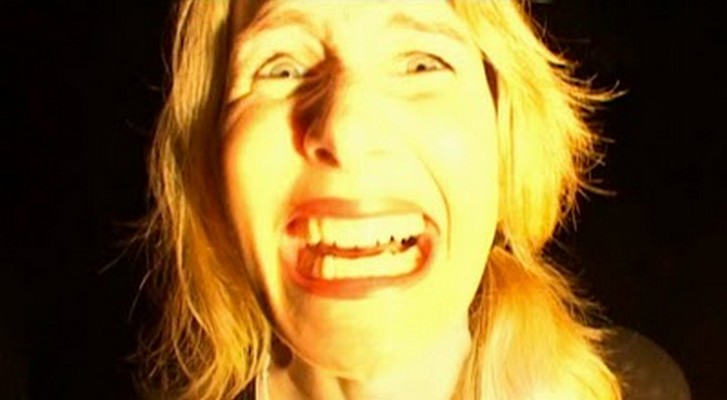
More commonly today seen as a cheap ploy in horror movies, the hand held camera technique can be an effective cinematography style. Before the days of “Cloverfield” and “The Blair Witch Project” the “shaky camera” motif used by directors was innovative and ground breaking. Difficult to master yet chronically abused, this style is exemplified in films from documentaries to Avant-Garde to big budget Hollywood movies.
Since its rise in popularity beginning in the 1950’s, it continues to be trendy to this day. There is no question about the hand held camera’s aesthetic appeal whether it is used subtly or so jarring that is makes audiences nauseated-people and directors alike are fascinated by the look of the shaky camera and its intimate appeal.
An early pioneer of the hand held camera style was John Cassavetes. His films in the late 1950’s-60’s are excellent examples of this technique. His passion for filmmaking gained him much acclimation starting from his debut film. The work of Cassavetes along with some of his contemporaries in the 1960’s greatly influenced the style of the hand held technique making it significant still to this day.
Cassavetes influence spanned many directors and genres and even greatly impacting a movement called Dogme 95. This experimental style of filmmaking was written as a manifesto and created by friends Lars Von Trier and Thomas Vinterberg. It was written in 1995 to challenge filmmakers to break free from the big budget Hollywood films that were dominating cinema culture. Rule number three of the manifesto reads “The camera must be hand-held. Any movement or immobility attainable in the hand is permitted.”.
As stated in the other rules of Dogme, the point was to challenge directors to strip down their presumed forms of overly produced films and create work that seemed more natural and less synthesized. Similar to the works of Cassavetes, these films (shot either on video or film but as stated in rule number nine the finished product must be formatted to Academy 35mm film) were presented in a type of “documentary style” that later generally became the staple aesthetic for hand held films.
The examples listed above acted as the ground work for this style. As seen below, there are many examples of how the hand held camera is used in film which spans over just about genre. Because this style is so popular today and often abused by novice directors, it is important to remember pioneers such as the ones mentioned above. As seen below, their work in addition to others who have successfully mastered this style have given us truly beautiful, daring and challenging work.
15. 28 Days Later (2002)
A man wakes up alone in a hospital to find that he is one of the few survivors of an outbreak that left much of humanity to turn into vicious zombies. As popular as the zombie theme is today, “28 Days Later” was on of the few films that got it right. The shots were so shaky that it made it difficult for some viewers to watch causing a visceral reaction. Danny Boyle’s direction disoriented the audience adding to the horror.
Different from the hundreds of garbage horror movies that are dumped into our culture every year, this film was truly scary. The hand held shots really helped to make this film aesthetically memorable. Unfortunately, this film was so popular and so memorable for its hand held motif that is influenced just about every other b list horror movie and now the shaky shot is common place in films like this.
Best Shaky Shot: All of the scenes with the zombies are really wonderful in the sense that all the scenes are very scary. One of the characteristics of these zombies that makes them different is that they are fast and always unpredictable. The shaky shots of running monsters are truly terrifying.
14. District 9 (2009)
The most popular film on this list bar far, “District 9” was commercially successful but also well received by critics. This along with “28 Days Later” proves that the hand held technique can successfully expand into more popular, big budget films and not remain a niche of experimental cinema. Because the plot of the film was meant to be in documentary style, the majority of the movie was shot using a digital hand held red one camera.
Best Shaky Shot: The Mech battle scene was an interesting example showing one of the aliens expressing sadness revealing deeper political undertones exemplified throughout the movie. It is also simply a well done action sequence. This is a successful endeavor seen throughout the entire movie.
13. Husbands and Wives (1992)
“Husbands and Wives” is a fake documentary directed by Woody Allen. The film moved sharply as it followed its characters around and the scenes were drenched in neutrals making for some lovely shots. Juliette Lewis, Liam Niessan, Mia Farrow, Judy Davis and Sydney Pollack all harmoniously contributed exceptional performances.
Best Shaky Shot: If you blink you may miss it but there is a scene when Woody Allen is reminiscing on the “love of his life”. A brief flashback lasting only seconds long allows us only a glimpse of a partially clothed woman. Woody Allen did something very difficult in this scene by visually depicting a memory. This brief and fleeting idea of a person is a fond association occasionally caught in Allen’s character’s reverie yet presented to the audience in a way that makes her completely understandable to the viewer.
12. Sherman’s March (1986)
Director Ross McElwee insists that his intention in making this documentary was to make a movie that followed General Sherman’s march through Georgia and the Carolinas during the Civil War. However, the film turned out to be a revisit into the director’s home and review of his past love life. Once again we are given a mixture of steady and hand held shots. McElwee is charming and funny doing so using his camera to interview people who knew him throughout his life.
Best Shaky Shot: McElwee captures a fleeting love interest that occurs while filming the movie. He films this woman in one scene while she preforms provocative exercises that are “supposed to get rid of cellulite”. Mysteriously, the sound on the camera ceases to work just for this one scene. Very interesting.
11. Black Swan (2010)
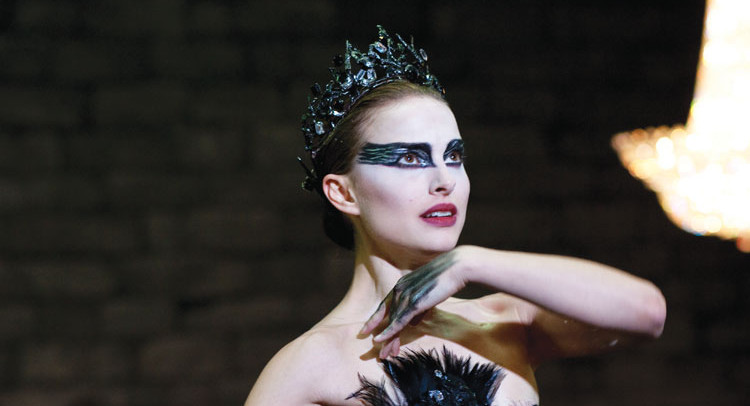
Darren Arronofsky has consistently been open to experimenting with filmmaking while remaining culturally poignant and audaciously thematic. In “Black Swan”, Natalie Portman plays the role of a sheepish yet high profile ballerina who is chosen to star in a production of Tchaikovsky’s “Swan Lake”. In order to fully embody the character in the ballet, Portman must learn to get in touch with her untapped dark side.
The film was complicated in production but also thematically. Aronofsky created a thriller which is so absurd at times that it is deliberately funny. The film is a manic experience of emotions for the viewer and visually disorienting with its cinematography.
Best Shaky Shot: The climax of the film where Portman’s character is giving her performance and makes the transformation into the “black swan” concerning both her character and her physical appearance. As elaborate and over the top as this scene is, the subtle details make it upsetting. All in all, this film is simply beautiful.
10. Kids (1995)
Kids is the directorial debut from Larry Clark, a photographer from Tulsa Oklahoma. His experience in handling a camera and background in documenting subjects allowed for this film to have a more natural feel. The film focuses on three characters through a day in their life in New York City.
As the camera followed its subjects, the audience felt like we were there with them. Written by Harmony Korine, this film is more famous for its shocking dialogue and disturbing actions by the characters, however “Kids” should not be dismissed as a film intended to act as a “wake up call” for youth. It expands beyond its lucid repulsion into a weary search for purpose in an environment that offers very little.
Best Shaky Shot: The very hard to watch fight scene erupting in a skate park where Casper and his friends beats another young man into a coma. The scene is subtly enhanced by the eerily charming Daniel Johnston and his song “Casper the Friendly Ghost”.
9. Battle Royale (2000)
Putting “The Hunger Games” to shame, “Battle Royale” is an essential modern Japanese film successful in being ironic, strange and funny all at the same time. A government mandate forces school children to be taken to an island and fight each other to the death allowing only one winner. As we follows the kids through the jungle, the hand held shots allow the viewer to fight, form cliques, and be terrified with the kids. “Battle Royale” stays in the tradition of exaggerated Japanese ultra gore and the shaky shots only add to the ridiculous imagery.
Best Shaky Shot: With excellent lighting and vibrant colors, there is a scene where a young couple are in the jungle together and the girl mutters the phrase “you’re so cool”. In general, all of the action shots where the kids are fighting each other are very well done. Everyone who has seen the original is already cringing at news of an American remake (release date to be determined).
